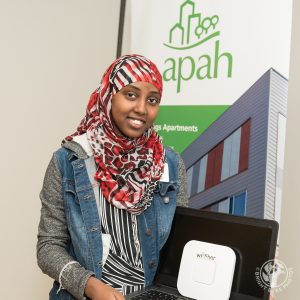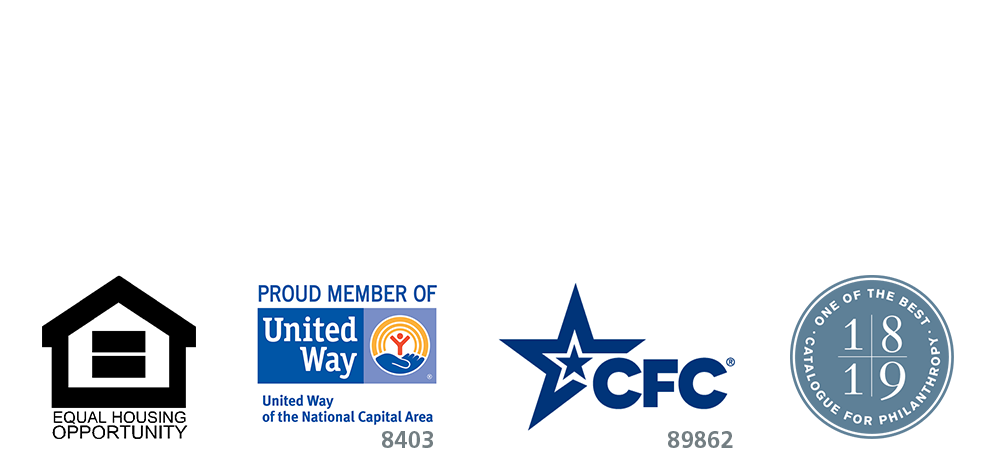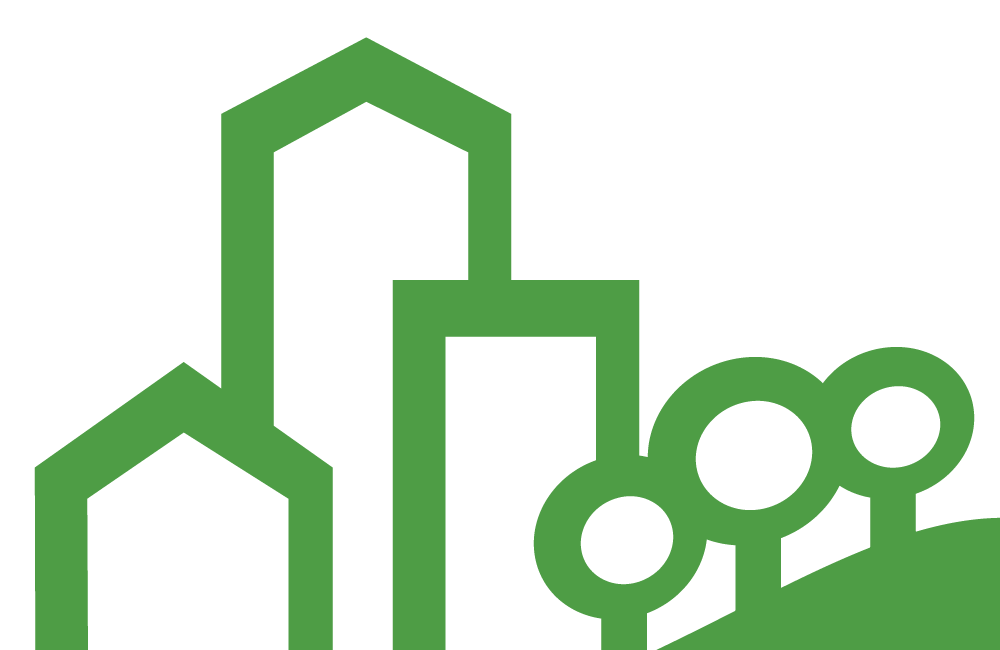Pandemic Highlights the Digital Divide
For Uber driver Luis*, getting a mechanic certification was a ticket to a better life and he was motivated. He was studying hard and passed the first of three online exams using his phone. But the next two posed a problem—you needed a laptop, not just a cell phone to complete the tests and he didn’t have one.
Like so many service workers, Vera’s unemployment insurance has been a lifeline, but it was running out. She knew she qualified for PUA, Pandemic Unemployment Insurance if she could just get through and get enrolled. Without a computer or internet, she spent hours trying to apply. After hours on hold, calls were dropped. The application couldn’t be completed on her smart phone—her frustration and anxiety continued to mount.
Senior Andrew had all the pieces—a laptop and internet connection. What he didn’t have was the know-how to put it all to use. And, like so many of us, figuring it out without someone to sit beside him to walk it through was daunting.
With limited English, just a cell phone hot spot for connection, and a child with special needs, Carla knew remote learning was going to be tough. With no school supplied device, her daughter’s learning was limited to paper worksheets. Without the benefits of auditory and visual instruction, she was falling behind.
The stories go on and on, but they all make the same point: if we didn’t know the digital divide was a crisis before the pandemic, we certainly know it now.
Whether you are applying for benefits or a job, trying to learn online, completing the census, or just seeking to stay in touch with loved ones, the crucial trinity of working devices, quality internet connection, and know-how is as essential as electricity or running water.
Efforts are underway in Arlington County, at the state level, and at APAH properties to meet these complex and daunting need. With $500,000 in funding from the CARES Act, the County is funding APS to provide a year of free internet service through Comcast Internet Essentials to support distance learning. The goal is to serve the 4,100 families and 8,083 students who qualify for free or reduced meals. An exciting improvement over the mifi hot spots provided last school year, the entire family will be able to benefit.

A critical stopgap as Arlington prepares for the coming school year, the Internet Essentials service depends on one-time CARES Act funding and may not be a sustainable, long-term solution to digital access once the pandemic is over. Arlington County is continuing work that began in 2019 to address the digital divide. Sixteen percent of Arlington residents do not have high-speed broadband service. APAH residents have participated in County focus groups and APAH’s Arlington Mill Residences is the site of one internet service pilot. The County targets unveiling a Digital Equity Action Plan later this year.
As Arlington explores options, advocates throughout Virginia are working to make sure local governments have the authority to address local broadbands need. Governor Northam made broadband a key initiative of his administration, including work to clarify ways that Virginia localities can join provide free internet service to residents, joining a national trend.
The stories of Luis, Vera, Andrew, and Carla are on the road to happy endings. In each case, APAH staff were able to work one-on-one to provide direct support or connect the household to needed resources—but one-on-one solutions are tough to scale. “Bridging the digital divide in all its aspects, connectivity, equipment, and know-how, is going to take the effort and creativity of all of us,” said APAH President and CEO, Nina Janopaul. “As our residents work–to access benefits, attend school, see a doctor, or access information–the urgency of meeting this need has never been greater.”
You can visit Arlington County’s web page about their Digital Equity initiative for more information and sign up for emailed updates.
(*) These names have been changed to respect our residents’ privacy.


